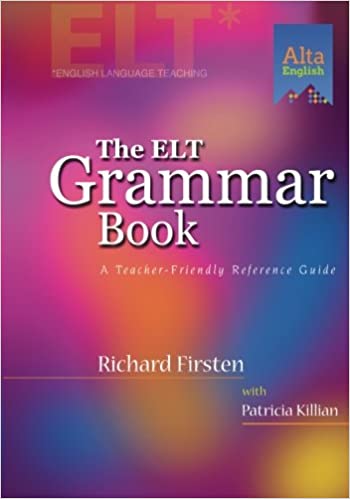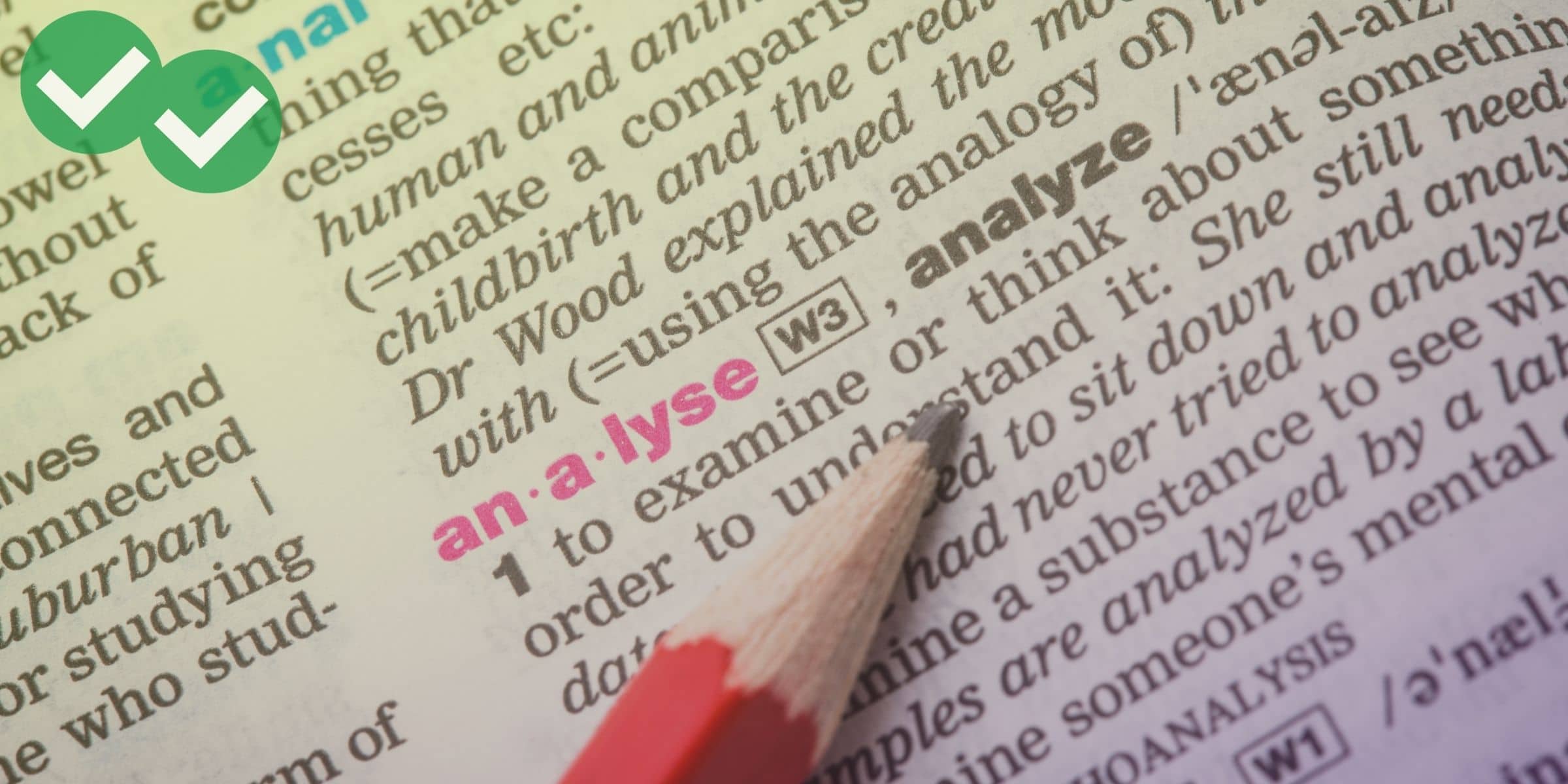Over the last year or so, I’ve done a number of blog posts that focus on academic vocabulary words and the way that the same word can occupy different parts of speech. This kind of academic vocabulary focus is very important in scholarly ESL courses and TOEFL prep classes.
In my years as an ESL instructor for the University of Wisconsin System, I liked to do a fun whole-class activity revolving around word forms. Today, I’ll share a lesson plan for this activity with my fellow teachers, complete with sample vocabulary materials and printables.
This lesson plan involves the study of a set of academic words and all their different grammatical forms. A typical word set for this lesson could look like the one in the table below. (This table was also the focus of a recent listening quiz on this blog.)
Of course, the word grouping you create could be longer than the one below, or shorter, or easier, or thematically different, etc…. But this chart should give you a basic idea of the kind of vocabulary/grammar content you’ll use in the lesson.

The lesson plan:
Prior knowledge: The students should already be familiar with a set of vocabulary words and grammatical variations like the one above.
Materials needed:
1) paper
2) markers and/or crayons
3) Rolls of tape
4) a vocabulary handout for each student
5) a list of sentences containing each of the vocabulary words in at least one of their forms, which the teacher alone will have a copy of (optional, as it’s possible to for a teacher to make up sentences as they go during the lesson activity)
6) a handout detailing the rules of the game for the students (also optional but recommended, because the game in this lesson plan can seem a little bit complicated to students, especially if they’re playing it for the first time)
Step 1: Review the set of words with the class, and make sure every student has a handout of the focus vocabulary. The handout should include a grammatical chart and a list of suffixes for the vocabulary words. You can see a sample of what the handout might look like here.
Step 2: Divide the class into teams, and give each team a stack of black sheets of paper, tape, and some dark markers or crayons. Each group member should ideally have their own marker or crayon and their own tape roll. Give the teams large stacks of paper, enough that they can discard sheets that contain errors, while still having enough for the 20 words and multiple prefixes they’ll need to write.
Step 3: Have each team write down the most basic “root” forms of each vocabulary word, putting each word in big, bold, letters on its own separate piece of paper. In the case of the example word set above, the root words would be:
annual, circumstance, compensate, contribute, coordinate, corporate, deduce, document, fund, job, occupation, output, parameter, partner, phase, profession, register, shift, specify, sum
Step 4: Each team will be given a designated part of the classroom wall to tape up their root words for display. Once the root words are written out and taped up, have each team go back to their seats.
Step 5: Once the students are reseated, explain to them that you will say sentences containing the different words. Instruct the students to write the proper suffix of any vocabulary word form they hear. From there, a team member must run to their team’s part of the wall and hold up the proper suffix next to the proper root word. Let them know that each team has a time limit for bringing up the proper suffix—30 to 60 seconds usually works well for this game. You may also want to limit the number of tries for the proper suffix to two or three tries.
Step 6: Repeat Step 5 for continued game play
Step 7: Once you end the game, rank each team by how many words they were able to take down. The team with the fewest words on their wall at the end of the game wins!
Printables:
- A customizable vocabulary handout with chart template and prefix list template.
- A customizable set of game instructions, with space to type in your own root words.






Leave a Reply